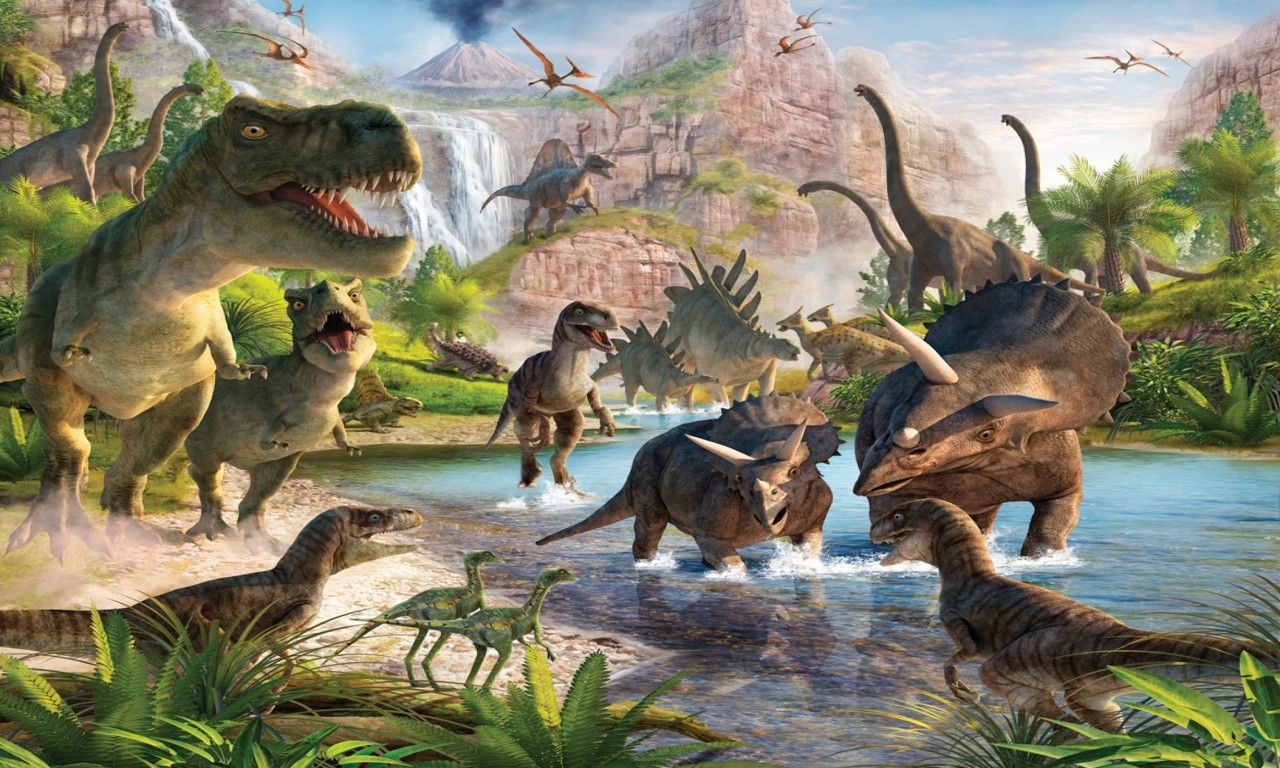The cause of a global cataclysm about 66 million years ago, which led to the extinction of the dinosaurs, many species of animals and plants, and could not be an asteroid that rammed the Earth. Harvard-Smithsonian Institution astronomers write about it in Scientific Reports, offering their hypothesis.
In science for 2021, it is accepted that the catastrophe led to the formation of the Chicxulub crater off the coast of Mexico: its approximate diameter is about 180 km, and the original depth is up to 20 km. Scientists believe that it was an asteroid about 10 km in diameter, which fell at a speed of 22 km/sec. The energy of the impact was ~100 teratons in TNT equivalent, and the consequences led, according to Alvarez’s hypothesis, to the mass extinction of species, including dinosaurs.
Meanwhile, according to the authors of the new study, it was not an asteroid that fell on our planet, but a fragment of a long-period comet.
Jupiter’s gravity deflects the trajectories of many comets from the Oort Cloud (a hypothetical spherical area far beyond the orbits of the outer planets), when they fly into the inner regions of the solar system. As they approach the Sun, about one-fifth of comets are subjected to tidal forces that break them into fragments.
Astronomers have run gravity simulations and, after statistical analysis, have stated that there is a good chance that a comet debris on its way back to the Oort Cloud may have collided with the Earth.
Using this knowledge and the fact that samples from Chicxulub suggest that the fallen object is of carbonaceous chondrites, the researchers conclude: it was probably a comet fragment. After all, only about 5% of asteroids between the orbits of Jupiter and Mars have a comparable composition, while many long-period comets are composed of C-chondrites.
The authors summarize by saying that the long-periodic comets, which make a trip around the Sun in about 200 years, probably collide with our planet once every 250-730 million years. Their calculations give an almost tenfold risk of collision than the hitherto accepted estimate.
